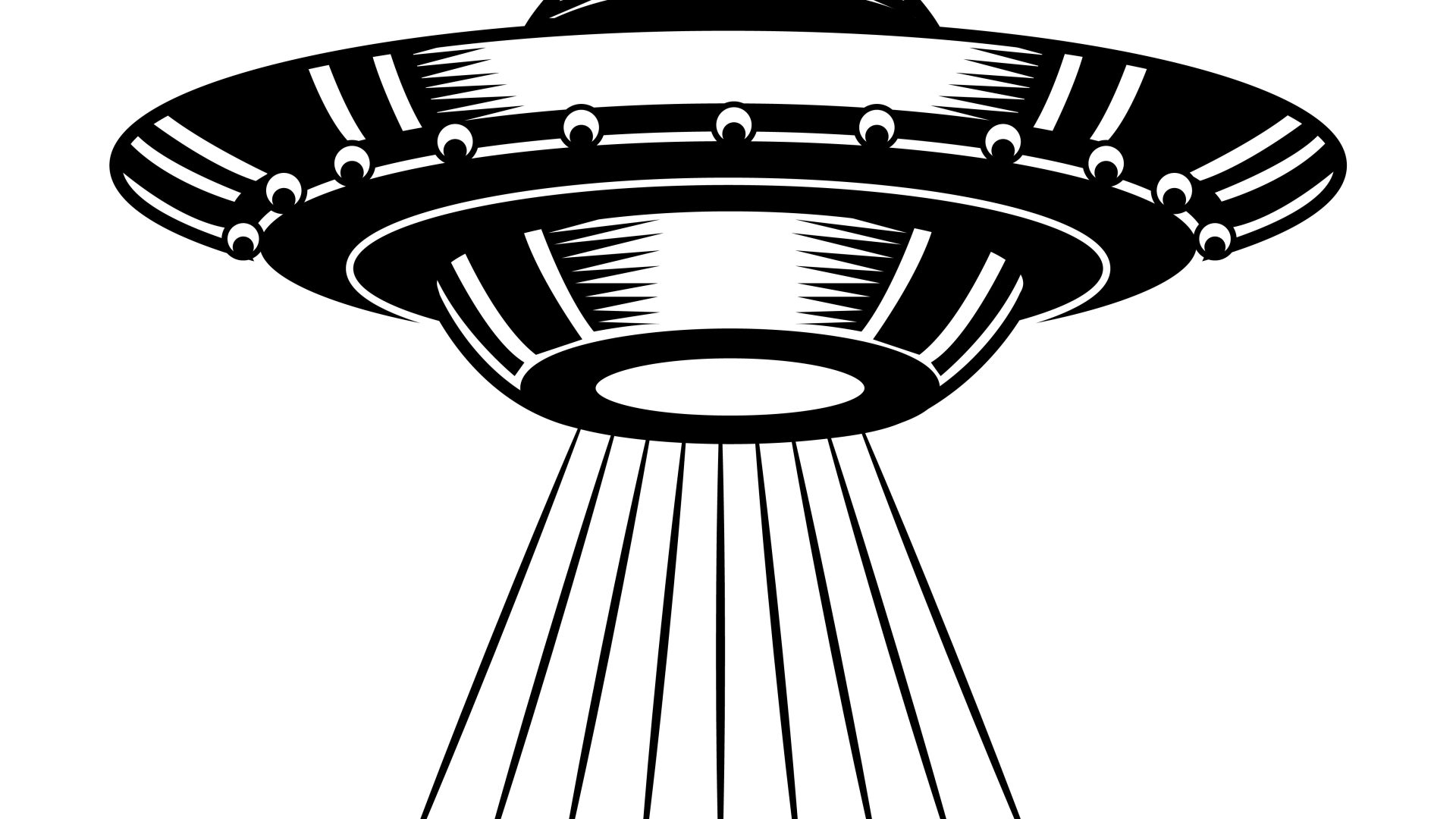Telepathic Communication with UFO Intelligences: A Historical Endeavor
The Inner Circle
Since the inception of UFO research, attempts to establish telepathic contact with the beings associated with these phenomena have been made. One of the earliest efforts dates back to 1946, when Meade Layne, a parapsychology researcher and the director of the “Borderland Sciences Research Associates,” along with his colleague Mark Probert, sought to initiate communication with the intelligences behind UFO sightings.
On October 9, 1946, an unidentified flying object was reported over San Diego, California. Excitement surrounding this sighting led Layne and Probert to consider the possibility of reaching out to the beings thought to inhabit the mysterious craft.
Probert, a medium, claimed to channel a group of entities referred to as “The Inner Circle.” Layne later informed the press that these “flying saucers” were “ether ships” originating from a realm known as “etheria.” This information was allegedly derived from Probert’s channeling, through which spirits from history—including a 17th-century astronomer, a 19th-century clergyman, and a priest from a lost Himalayan civilization—provided insights into the nature of flying saucers and the universe, emphasizing that consciousness drives reality.
The Three Men In Black
In 1953, Albert K. Bender, a UFO researcher and founder of the “International Flying Saucer Bureau,” orchestrated a collective effort to communicate telepathically with UFO intelligences. He chronicled these experiences in his book “Flying Saucers and the Three Men.”
“In early March 1953, discord arose at IFSB headquarters during a meeting where we decided to hold a ‘World Contact Day.’ We encouraged all members to send out telepathic messages to visitors from space.”
“On March 15, 1953, at exactly 6:00 PM in my den at Bridgeport, I participated in the planned experiment.”
“After my third attempt, an overwhelming cold washed over me, followed by intense headaches. I began to smell a bizarre odor, reminiscent of burnt sulfur or rotting eggs, and gradually lost consciousness as my surroundings blurred.”
“Then, I perceived a voice that resonated deeply within me, though it was not an audible sound. It seemed to emanate from the pitch-black room ahead.”
“We have been observing your activities. Discontinue your exploration of the universe’s mysteries, or we will make ourselves known.”
“I mentally protested, asking why they weren’t friendly since we meant no harm.”
“We have a special mission,” they replied, “and must not be disturbed by humanity.”
“They informed me, ‘We are among you and are aware of your every action; be aware that we are present on your planet.'”
A shocking turn of events followed.
“The room dimmed, yet I could still see. Three shadowy figures hovered about a foot off the ground, their presence made me feel strangely light and at peace. They resembled clergymen in dark attire, their hats obscuring their faces.”
“Suddenly, their eyes ignited like flashlights, penetrating my very soul, causing excruciating pain above my eyes. I realized they were sending me a telepathic message.”
“You have committed yourself to uncovering the enigma of unidentified objects in your skies. Your passion is genuine, and we recognize that this pursuit may lead to potential danger. You are indeed a valuable contact for us here on Earth.”
For further insights, you can explore: The Occult Nature of UFOs.

This post presents an intriguing exploration of the intersection between telepathy, UFOs, and spiritual communication, highlighting moments from early UFOlogy that many might find obscure but fascinating. The accounts of Meade Layne, Mark Probert, and Albert K. Bender illustrate a time when the fascination with flying saucers extended beyond physical sightings into the realms of the psychic and the metaphysical.
The notion that UFO intelligences could potentially be contacted through telepathy raises profound questions about consciousness, the nature of reality, and our relationship with the unknown. This perspective suggests that there may be dimensions to these experiences that aren’t solely grounded in physical phenomena but may also involve a deeper, perhaps spiritual or esoteric aspect.
Bender’s account of his encounter with the “Three Men in Black” adds a layer of mystique and urgency to his communication attempts. The ominous warnings he received could be interpreted as a reflection of the societal anxieties prevalent during the 1950s, a period when the possibilities of extraterrestrial life and government secrecy were gaining momentum in popular culture.
While skeptics may question the veracity of these experiences, they certainly invite valuable conversation around the nature of reality and our quest for understanding beyond traditional scientific paradigms. As we continue to explore the unknown—whether through technology, science, or spirituality—it’s captivating to consider how these early experiments in telepathic communication with UFO intelligences might inform our modern perspectives on such phenomena.
Do you find this blending of UFO studies with parapsychology compelling? How do you think our understanding of consciousness and reality could evolve as we continue to investigate these mysteries?